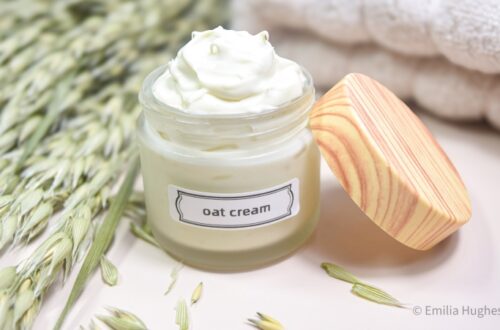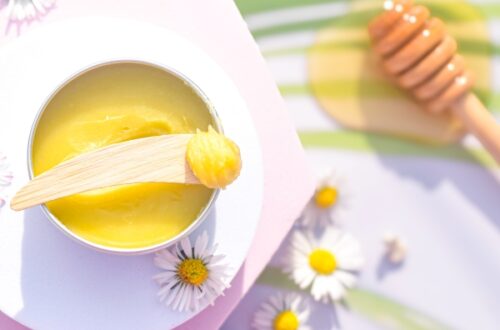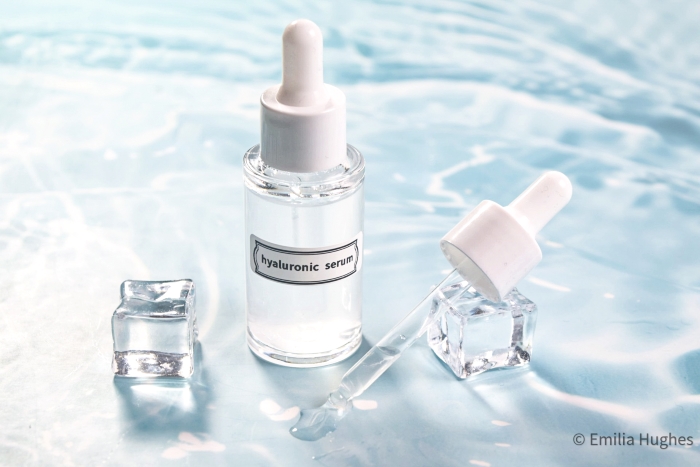
Easy Hyaluronic Acid Serum Recipe -3 Ingredients
Hyaluronic acid is one of the most popular moisturizing ingredients, found in almost every skincare product. However, if you take a closer look at the ingredient lists of store-bought serums, you’ll notice that most of them are primarily water, thickeners, and fillers, with only a small percentage of actual hyaluronic acid.
The truth is, a hyaluronic acid serum doesn’t need any thickeners—hyaluronic acid naturally turns water into a gel, so synthetic additives are used purely to enhance the texture rather than the effectiveness of the product.
It’s also worth paying attention to fragrance—many store-bought cosmetics contain fragrance blends with undisclosed ingredients. The general term “parfum” can hide dozens of different substances, some of which may not be gentle on the skin.
Join me in making your own serum! A hyaluronic acid serum is an excellent beginner-friendly cosmetic—just three simple ingredients, quick preparation, and full control over what goes into it. It’s perfect for anyone who wants to take a more conscious approach to skincare.
What is Hyaluronic Acid?
Hyaluronic acid (HA) is a naturally occurring polysaccharide (a type of sugar) in the body, playing a key role in skin hydration, joint health, and tissue regeneration. It is found in the skin, synovial fluid, and the vitreous body of the eye. Its exceptional ability to bind water makes it one of the most effective moisturizing ingredients in skincare—one HA molecule can hold up to 1,000 times its weight in water!
There are different forms of hyaluronic acid used in cosmetics:
- High molecular weight – Works on the surface, forming a protective layer and preventing water loss. It creates a gel when mixed with water.
- Medium molecular weight – Helps hydrate deeper layers of the skin and improves elasticity.
- Low molecular weight – Penetrates the deepest, supporting skin regeneration and firmness. It does not create a gel when mixed with water.
Despite its name, hyaluronic acid is not an exfoliating acid like AHA or BHA. It is gentle, non-irritating, and can be used even on sensitive, acne-prone, or allergy-prone skin. This makes it a popular ingredient in serums, creams, and moisturizing masks.
Who Is Hyaluronic Acid Serum For?
This serum is an excellent choice for people with the most sensitive skin. Thanks to its lightweight, oil-free formula, it also works well for oily skin. Those with dry skin can use it as a base under a moisturizer to enhance hydration.
It is suitable for both teenagers and older adults—hyaluronic acid, despite its name, is not a harsh exfoliating acid. It’s a natural component of our body, found in the skin and joints, that binds water and supports hydration.
Ingredients:
- 1.5 g plant-based glycerin
- 0.3 g hyaluronic acid (high molecular weight)
- 28.2 g water (preferably distilled)

Instructions:
- In a small bowl, measure out the glycerin.
- Add the hyaluronic acid and mix well until a smooth paste forms.
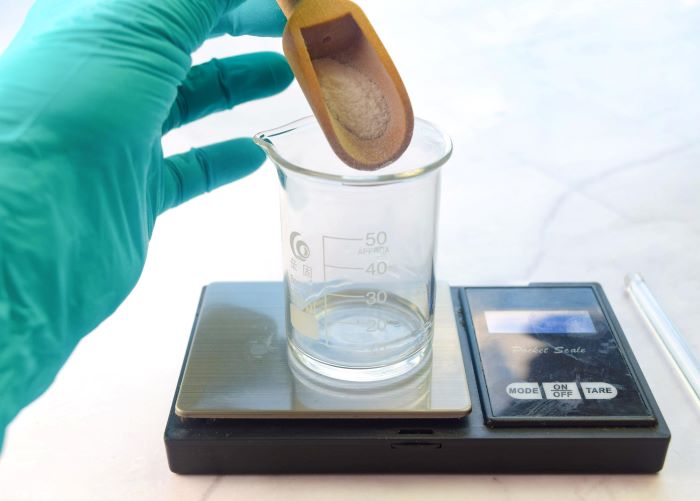
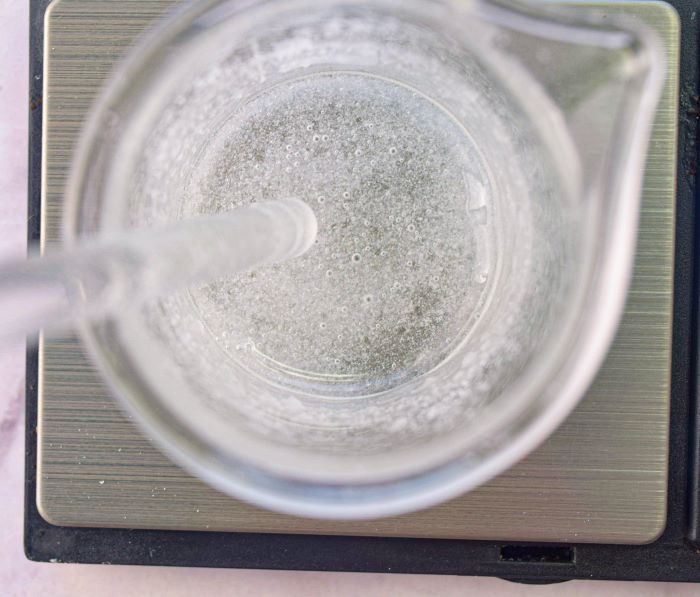
3. Slowly add the water while continuously stirring. At this stage, lumps may form—this is natural and will dissolve over time.
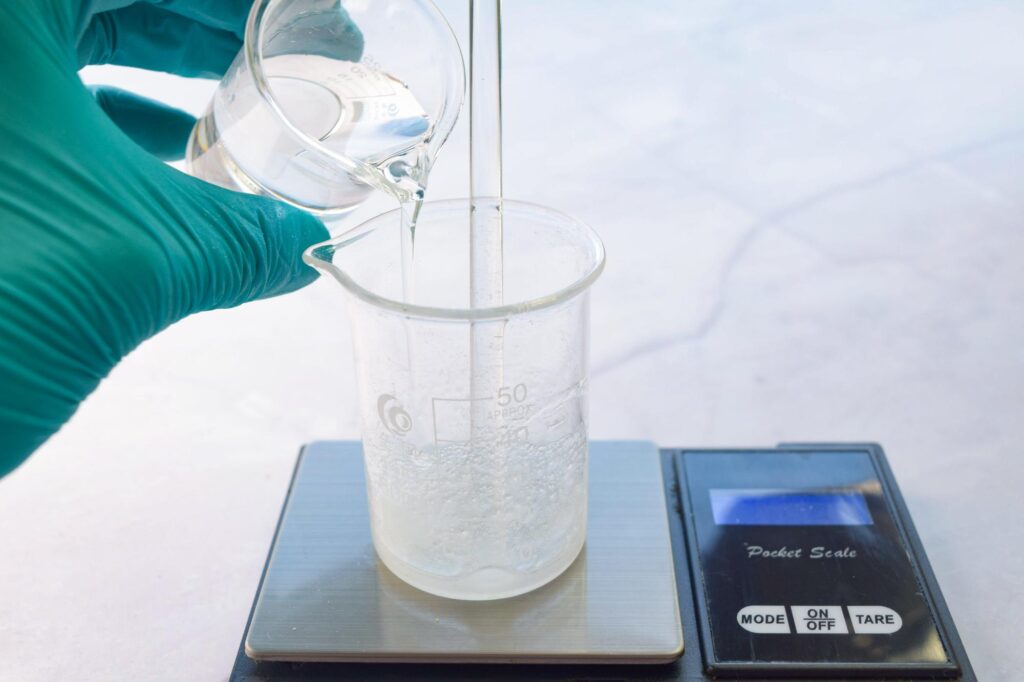
4. Let the mixture sit for 30 minutes to allow the hyaluronic acid to absorb the water.After this time, mix the serum again. You can use a handheld milk frother for a smooth, silky gel.
5. Transfer the serum into a sterile bottle and store it in the fridge. It can be stored for up to 3 months. The low temperature helps maintain freshness and effectiveness while slowing down microbial growth.
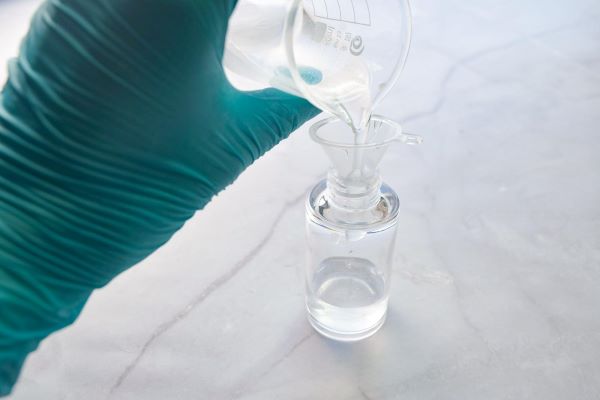
The finished serum hydrates, smooths, and supports the skin’s protective barrier. Use it morning and evening on cleansed skin before applying a moisturizer.
If you’ve made the serum, let me know how it turned out! 😊 Don’t forget to subscribe to my website to stay updated on new posts—we have plenty of exciting natural skincare recipes coming up. Join me on Facebook as well!


